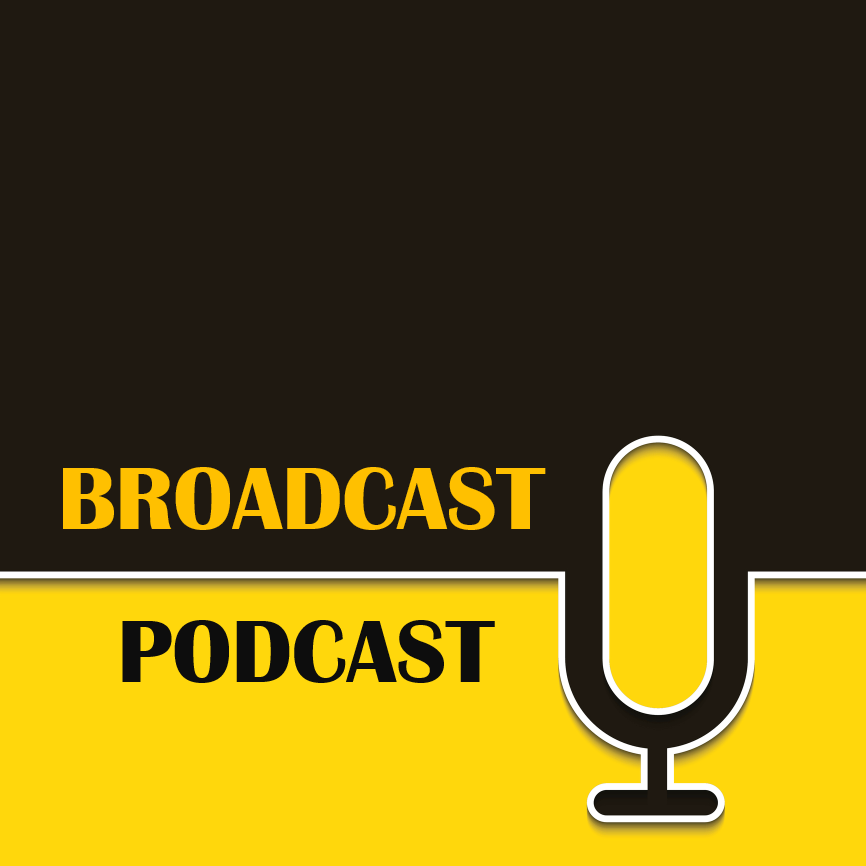
Last week was another reason that reinforced the reasons why I love going to conferences. Yes, there’s the networking and the opportunity to tell people about our companies. But when all the planets line up, the result is about learning, insight, and curiosity. It’s about being around others trying to solve the same problems you are.
That was my experience with the PRPD Content Conference convened last week in Washington, D.C. More than 400 public radio content creators came together to share their ideas about how to further their stations, as well as the “system” in general. 2017 has generally been a great year (so far) for public radio – especially its News/Talk stations.
I participated in a panel with WAMU (Washington, D.C.) head of content, Andi McDaniel, discussing “The Trump Bump” – an increase in listening that many public radio news/talk stations have enjoyed. Also at PRPD, the great Terry Gross was honored for her 30th anniversary hosting the award-winning “Fresh Air.” And I was honored to host a presentation about the Gen Y audience, using that new study we blogged about last week – “The Millennial Research Project.”
As you might imagine, podcasting was a major topic at the conference – and there were some strong sessions devoted to on-demand radio. PRX’s Kerri Hoffman put her organization’s Project Catapult on display, showcasing strong podcasting efforts from local public radio stations, some of whom performed their podcasts live on stage.
And then there was a session called “Podcast to Radio, or Vice Versa? Exploring Potential & Realities.” It explored that relationship that radio entities are attempting to nurture in the podcasting space. In many ways, it was a precursor to some of the conversations we’re looking forward to having later this week at Podcast Movement in our “Broadcasters Meet Podcasters” track.

While public radio has made serious inroads in the podcasting space with both great content and savvy hosts, commercial radio has largely struggled to define its role and its strategy in the space. Our series of sessions in Anaheim are designed to bring both commercial and public radio people together, but to also help identify opportunities and pathways that can lead to successful podcasting initiatives.
Whether it’s talking about measurement, monetization, or simply what type of podcasts to create, there’s a need for broadcasters to make an impact in the growing podcasting world.
At PRPD, this panel led by moderator Nathan Tobey tackled several of these issues. But one that jumped out at me had more to do with the differences between making a great podcast or a great broadcast. And the group went even deeper in discussing talent and the styles that work best with each medium.
Molly Wood told the story of her foray into podcasting, starting with “Buzz Out Loud” more than a decade ago. When she and smooth-voiced, professional “Marketplace” anchor Kai Ryssdal got together to make the “Make Me Smart” podcast, it was a challenge to make it sound more like…a podcast. The more relaxed delivery and style on 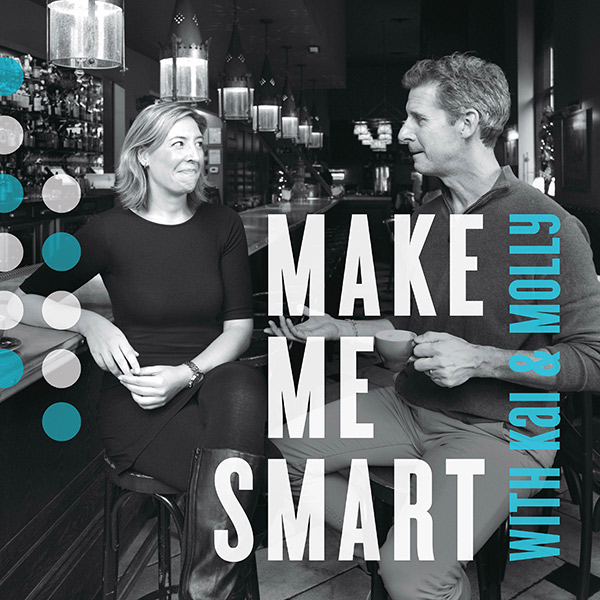 podcasts is a bit of a departure from the “radio voice” so common to traditional broadcasters.
podcasts is a bit of a departure from the “radio voice” so common to traditional broadcasters.
And yet, working on “Make Me Smart” with Ryssdal changed the way the two interact with each other on their radio show, “Marketplace.” On the actual broadcast, Molly noted the directive became “Let’s just pretend this is just a podcast.”
Catherine talked about a similar evolution on “The Moth,” a storytelling radio show hosted by another smooth broadcaster, Jay Allison. Ironically, “The Moth” started as a podcast – before it became a hit radio show. Once again, that “dance” between the podcast sound and the broadcast sound is something that producers in both media grapple with. Catherine explained, “We’re now in a happy medium.”
Sometimes a radio show actually makes a better podcast. Leslie talked about how the CBC (Canadian Broadcasting Corporation) launched “Sleepover,” a clever show that takes three strangers, puts them up in a hotel, condo, or other site, and records them helping each other solve a problem through the evening. In many ways, it turned out to be a better podcast.
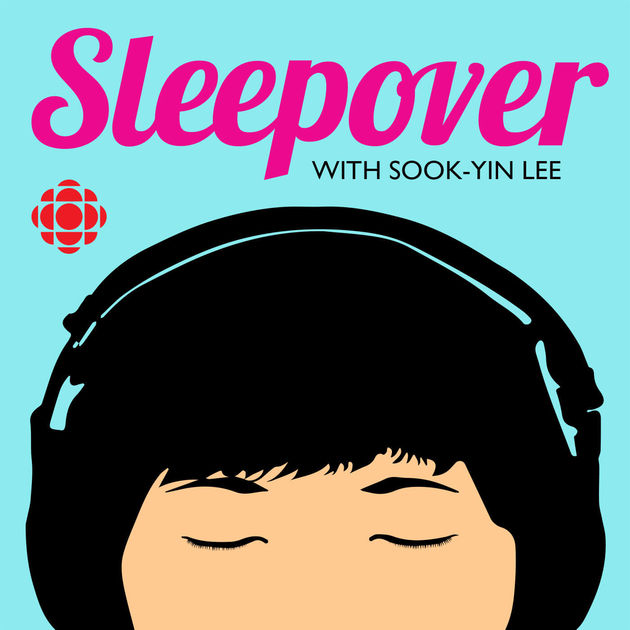 She pointed out how “a radio show is broadcast to a room, but with a great podcast, a listener will take the time to find and download it, put the cans on their ears, settle in, and give you more latitude. (With a podcast) there’s a different and more vulnerable relationship there.”
She pointed out how “a radio show is broadcast to a room, but with a great podcast, a listener will take the time to find and download it, put the cans on their ears, settle in, and give you more latitude. (With a podcast) there’s a different and more vulnerable relationship there.”
And then there’s monetization – something that commercial broadcasters sometimes struggle to understand. We’ll be taking about this topic in one of our Podcast Movement sessions. But on this panel, Nathan discussed his experience with American Public Media’s “Too Beautiful To Live” podcast, co-hosted by Luke Burbank and Andrew Walsh. He noted that while it has a relatively small audience, the podcast ranks third in donation generation from all shows in APM’s lineup.
That speaks volumes about the difference audience that enjoy podcasts and radio shows. Catherine noted that variance in the groups that enjoy “The Moth” on the radio and podcasts:
“Our radio audience is much bigger, but our podcast audience is more core loyal.” 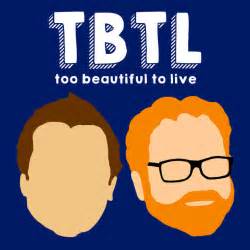
Here’s the irony – APM’s “Too Beautiful To Live” started as a broadcast radio show on a commercial radio station – KIRO/Seattle – before transitioning into a public radio podcast.
And perhaps that’s the biggest takeaway from this session, and a topic we’ll explore this week during several sessions in our “Broadcasters Meet Podcasters” sessions.
I had the chance to ask the PRPD panel whether five years down the road, the two styles – broadcast and podcast – would merge – or as I put it, “mush together.” Will traditional radio people adopt the more relaxed podcast style? And will loose, and wild and wooly podcasts take on more of the professional sound associated with broadcast shows?
Maureen concluded, “They’ll start to bleed into each other.”
And Molly conceded there will be “a little more mush” as the two styles become more of a Venn diagram where their styles merge.
But she also noted how broadcasters can benefit from podcasts:
“‘Marketplace’ needs this energy from podcasts.”
So does the rest of broadcast radio.
See you in Anaheim, and we’ll be blogging about some of the highlights right here.
- Radio’s New Audience Equation: Z Over Y = Trouble - May 1, 2025
- What Is It With Female Robot DJs? - April 30, 2025
- Why “Dance With Those Who Brung You” Should Be Radio’s Operating Philosophy In 2025 - April 29, 2025



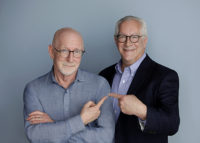
Leave a Reply